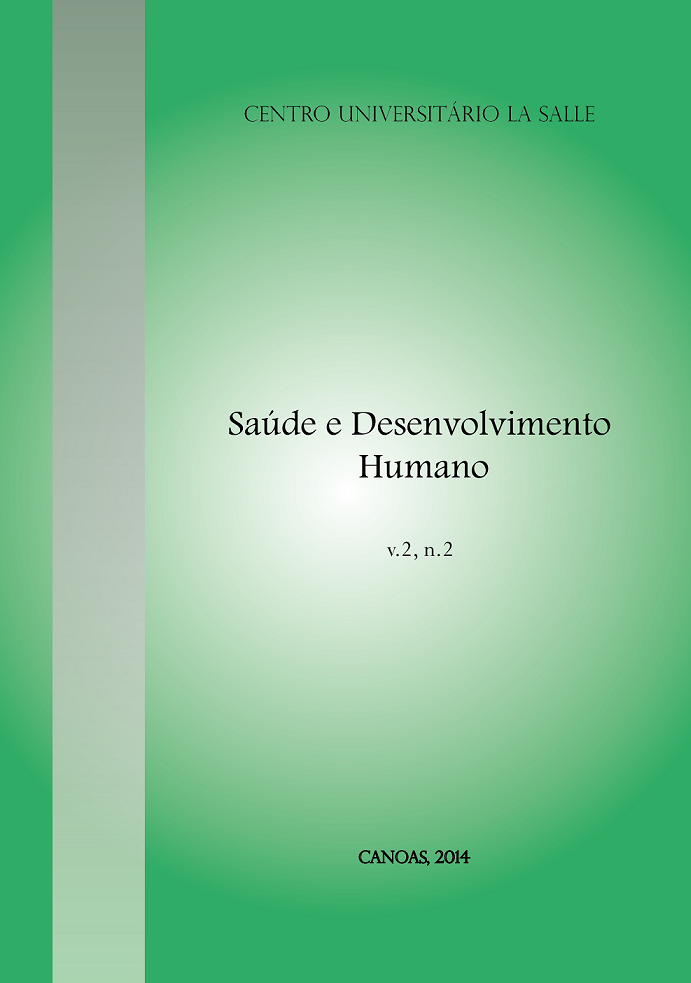Who are the girls that don’t quit: features and particularities of the physically active portuguese female adolescent
DOI:
https://doi.org/10.18316/1878Keywords:
girls, physical activity, sedentary behaviours, fatigue, menstruationAbstract
Health behaviours decrease during adolescence. The aim of this research is to identify the characteristics of older adolescents who practice physical activity (PA) regularly during the week, especially girls who are particularly at risk of being physically inactive, by the end of adolescence. Using the Portuguese sample of the study Health Behaviour in School-aged Children (HBSC), it was possible to identify 187 girls aged 16 years or more attending the 10th grade and who regularly practice PA (G1). Later, randomly, groups have been set with the same number of adolescents but with different characteristics. The group of girls who did not practice PA 16 years or older and attending the 10th grade (G2), the group of girls with 12 years of age or younger, who were studying in the 6th grade and with a regular practice of PA (G3) and the group of similar age and school grade but sedentary (G4). Regarding the perception of fatigue and exhaustion, it can be observed that G1 has average values significantly lower than G3 and G4. The G2 watches more TV than G1 and G3. Computer use is higher among girls belonging to G1 and G2. G4 has the highest average value of playing computer. Among the groups of the same age there are no differences in menstruation or difficulty sleeping. There are differences between the groups related to how they perform sedentary leisure activities that need to be considered when implementing health promotion actions regarding inactive adolescent girls.Downloads
Published
2014-12-05
Issue
Section
Artigos Originais
License
Authors who submit their manuscripts to be published in this journal agree to the following terms:
- Authors retain copyright and grant the journal right of first publication with the work simultaneously licensed under the Creative Commons Attribution License that allows the sharing of work and recognition of its initial publication in this journal.
- By virtue of the articles appearing in this open access journal, articles are free to use, with proper attribution, in educational and non-commercia.


